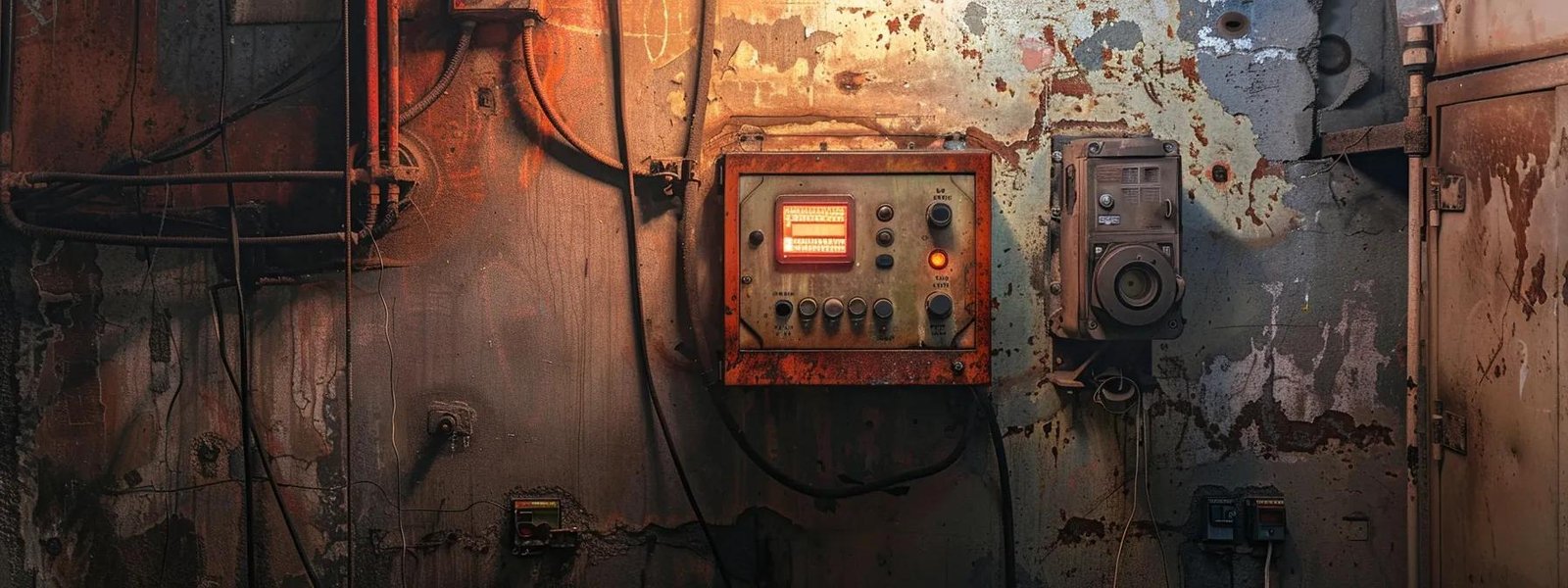
Flickering lights can be more than just an annoyance; they may signal underlying electrical issues in your home. Understanding the causes of flickering lights is essential for ensuring safety and maintaining a comfortable living environment. This article will explore common causes, such as electrical overloads and external factors, as well as serious issues that require immediate attention. By reading this content, homeowners will gain insights into troubleshooting flickering lights and knowing when to consult a professional electrician. Addressing these problems early can prevent further complications and ensure your home’s electrical system remains safe and efficient.
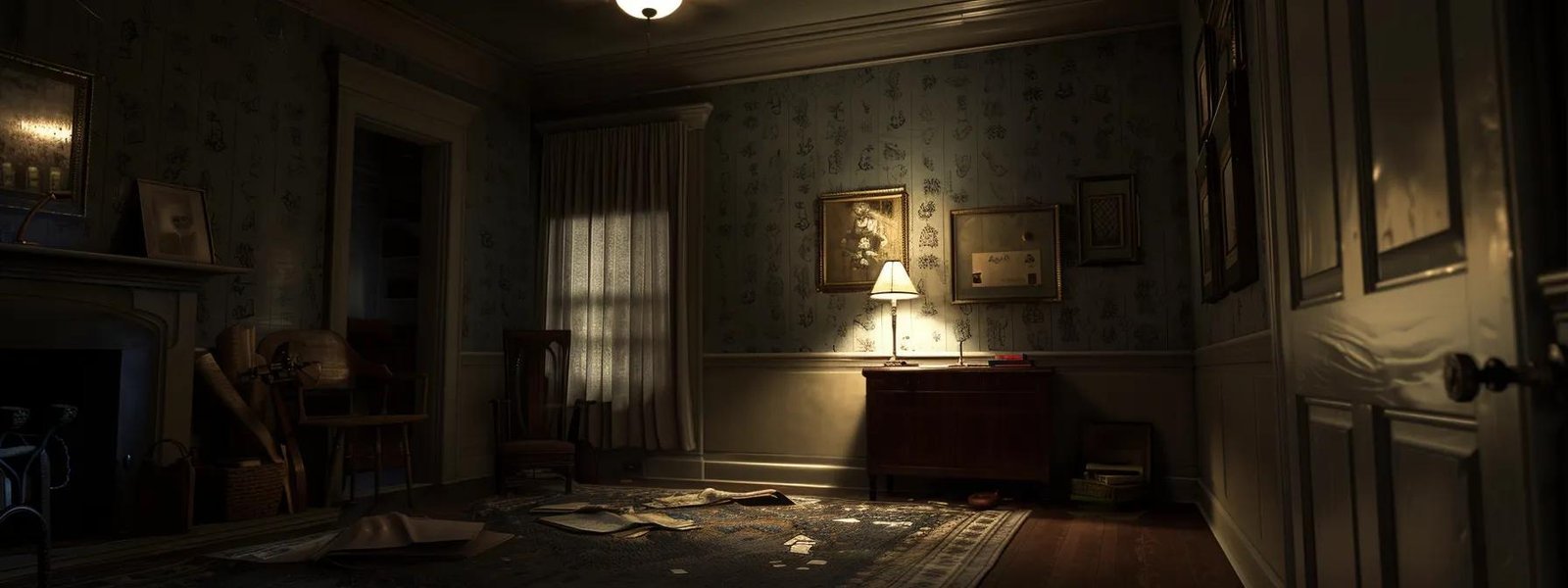
Flickering lights in a house can stem from several common issues. Loose or faulty light bulbs may need tightening or replacement. Faulty light switches can disrupt illumination, while issues with fixture wiring connections can create hazards. Additionally, incompatible or aging light fixtures and problems with dimmer switches and LED bulbs can contribute to lights blinking. Understanding these factors and electrical diagnostics is essential for maintaining safe and effective home electronics.
Loose or faulty light bulbs are a common cause of flickering lights in homes. Homeowners should regularly check their bulbs to ensure they are securely tightened and functioning properly. If a bulb is loose, it can create a risk of poor electrical contact, leading to flickering and potential energy waste. In some cases, replacing an aging bulb with a new, energy-efficient option can improve the overall performance of the electrical system and reduce the likelihood of issues related to loose wiring.
Faulty light switches can significantly impact illumination in a home, often leading to flickering lights. When a switch malfunctions, it may not provide a consistent connection, causing bulbs to flicker or dim unexpectedly. Troubleshooting these switches is essential, especially after a power outage, as high voltage fluctuations can exacerbate existing issues. Homeowners should consider upgrading to smart switches as part of their home automation efforts, which can enhance reliability and reduce flickering caused by outdated components.
Issues with fixture wiring connections can lead to flickering lights, creating frustration for homeowners. Poorly connected electrical wiring can disrupt the flow of electricity, causing lights to flicker or dim unexpectedly. Regular inspection of these connections is essential, especially in homes with air conditioning systems that may place additional strain on the electrical system. Ensuring that all connections are secure and up to code can help maintain consistent lighting and prevent potential hazards.
Incompatible or aging light fixtures can significantly contribute to flickering lights in a home. As fixtures age, their internal components may wear out, leading to inconsistent voltage and disruptions in the power supply. Homeowners experiencing these issues should consider consulting electrical services for a thorough inspection and a free estimate on potential upgrades, ensuring that their circuit breaker and overall electrical system can handle modern lighting demands effectively.
Problems with dimmer switches and LED bulbs can often lead to flickering lights in a home. Dimmer switches may not be compatible with certain LED bulbs, causing inconsistent electric current and resulting in flickering or buzzing sounds. Homeowners experiencing these issues should consult an electrician to assess their dimmer switch and bulb compatibility, ensuring that the voltage requirements are met for optimal performance. This proactive approach can prevent further complications and enhance the overall lighting experience in the home:
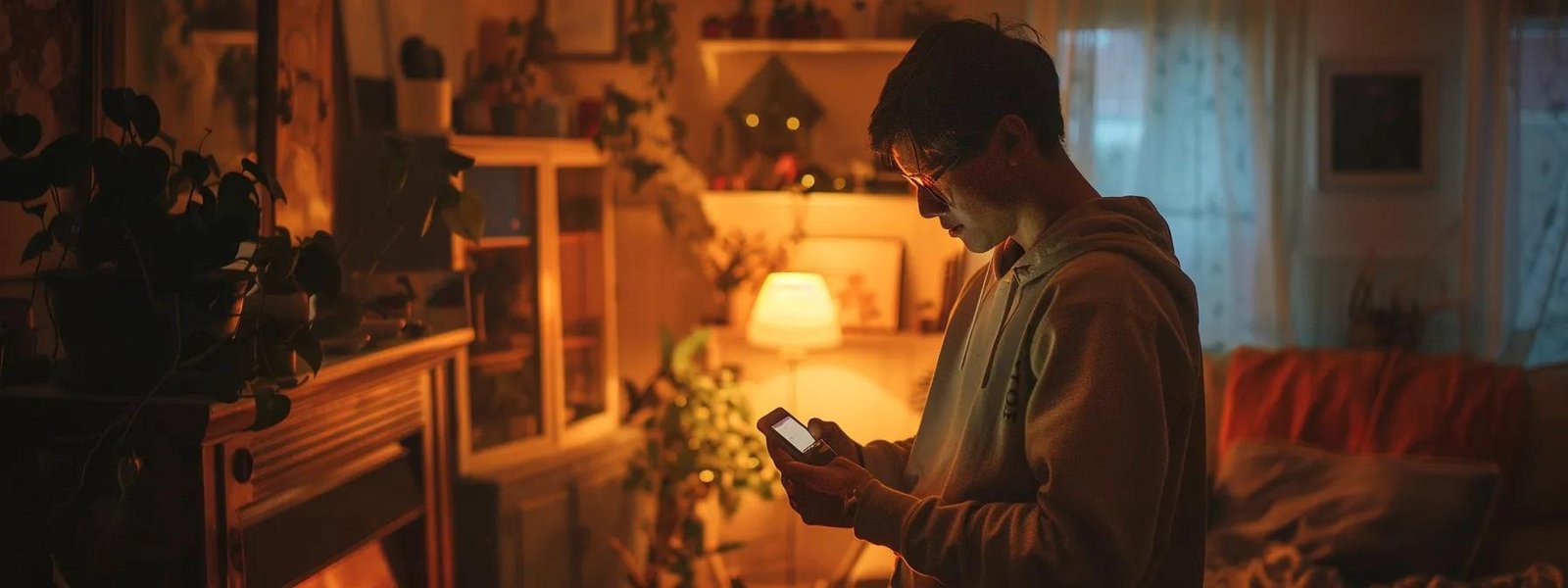
Overloaded circuits can lead to light instability, causing flickering in homes. High-powered appliances often draw more electricity than circuits can handle, resulting in dimming lights. Homeowners should be aware of signs of an overloaded electrical panel and understand the role of circuit breakers in preventing flickering. Balancing electrical load is essential for a stable power supply, and consulting an electrical contractor can provide valuable insights into managing these issues effectively.
Overloaded circuits are a common cause of light instability in homes, leading to flickering lights. When high-powered appliances, such as refrigerators or air conditioners, draw more electricity than the circuit can handle, it can result in dimming or flickering lights. Homeowners should monitor their electrical usage and consider consulting an electrician to assess their circuit load, ensuring that their electrical system can support their appliances without compromising lighting stability.
High-powered appliances, such as refrigerators, air conditioners, and washing machines, can significantly affect lighting stability in a home. When these devices draw more electricity than the circuit can handle, it often results in flickering or dimming lights. Homeowners should monitor their electrical usage and consider consulting an electrician to evaluate their circuit load, ensuring that their electrical system can support these appliances without compromising overall lighting performance.
Homeowners should be aware of several signs that indicate an overloaded electrical panel, which can lead to flickering lights. Common indicators include frequently tripped circuit breakers, warm or hot outlets, and a buzzing sound coming from the panel. If lights dim when high-powered appliances are in use, it may signal that the electrical system is struggling to handle the load, necessitating a consultation with a qualified electrician to assess and address the issue.
Circuit breakers play a crucial role in preventing flickering lights by protecting the electrical system from overloads. When too much electricity flows through a circuit, the breaker trips, cutting off the power and preventing potential damage to wiring and appliances. Homeowners should regularly check their circuit breakers to ensure they are functioning properly, as a malfunctioning breaker can lead to persistent flickering lights and other electrical issues.
Signs of an overloaded electrical panel include:
Balancing electrical load is essential for maintaining a stable power supply in homes, which directly impacts the performance of lighting systems. Homeowners should distribute their electrical usage evenly across circuits to prevent overloads that can lead to flickering lights. Consulting with a qualified electrician can provide insights into optimizing circuit loads, ensuring that high-powered appliances do not compromise the overall electrical stability of the home.
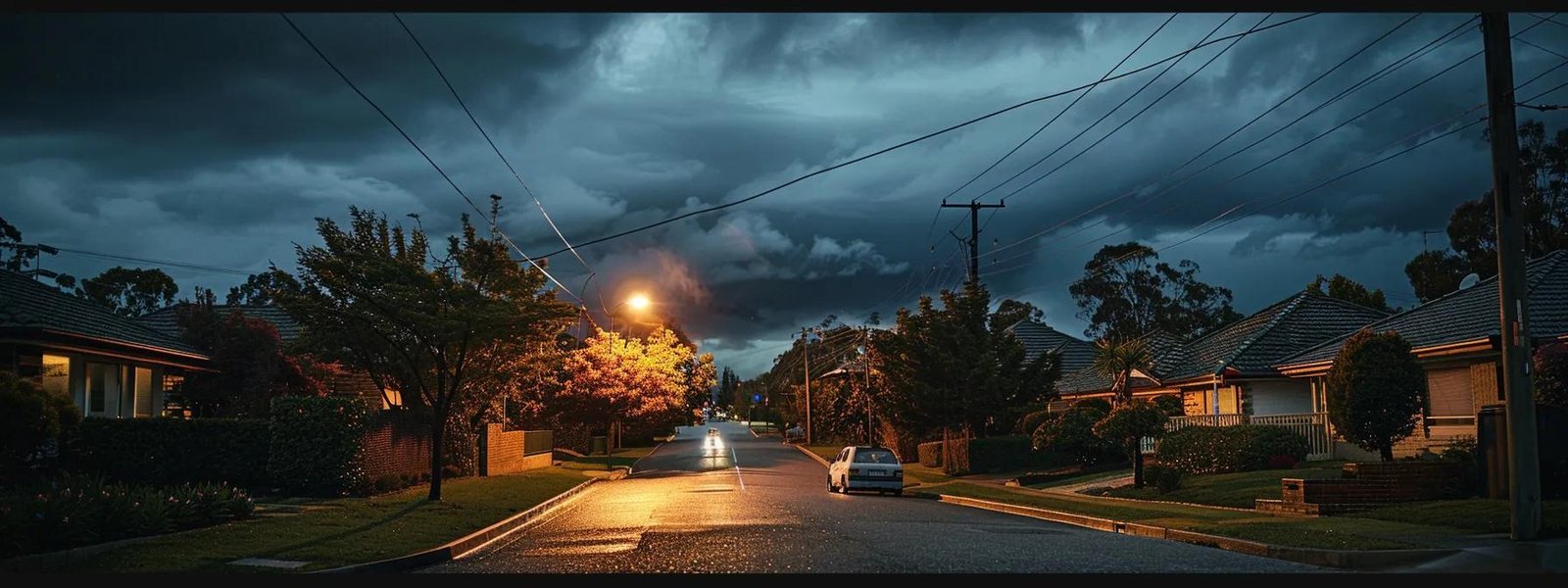
External factors can significantly influence lighting stability in homes. Voltage fluctuations from utility providers can lead to inconsistent power supply, while adverse weather conditions may impact power lines, causing flickering lights. Additionally, neighboring properties can create power surges that affect electrical systems. Construction work nearby can also disrupt electrical supply, leading to further instability. Understanding these factors is essential for homeowners to address flickering lights effectively.
Voltage fluctuations from utility providers can significantly impact the stability of lighting in homes. These fluctuations may occur due to high demand on the electrical grid or maintenance work being performed by the utility company. Homeowners experiencing flickering lights should consider monitoring their power supply and may benefit from consulting an electrician to assess their electrical system’s resilience against these external factors.
Weather conditions can significantly impact power lines, leading to flickering lights in homes. High winds, heavy rain, or snow can cause power lines to sway or come into contact with trees and other objects, resulting in voltage fluctuations. Homeowners experiencing flickering lights during adverse weather should consider consulting an electrician to assess their electrical system and ensure it is resilient against these external factors, helping to maintain consistent lighting and overall safety.
Neighboring properties can inadvertently cause power surges that affect the electrical stability in a home. When nearby homes draw significant power, especially during peak usage times, it can create fluctuations in the voltage supplied to surrounding residences. Homeowners experiencing flickering lights should consider monitoring their electrical system and may benefit from consulting an electrician to assess how external factors, such as neighboring properties, impact their lighting stability.
Construction work in the vicinity can disrupt the electrical supply to homes, leading to flickering lights. When heavy machinery operates or when digging occurs, it can inadvertently affect underground power lines, causing voltage fluctuations. Homeowners should be aware of these potential disruptions and consider consulting an electrician to assess their electrical system’s resilience, ensuring consistent lighting and safety during such activities.

Identifying faulty or old wiring hazards is crucial for maintaining electrical safety in homes. Recognizing signs of electrical short circuits and understanding the dangers of loose electrical connections can prevent serious issues. Homeowners should be aware that flickering lights may indicate a fire risk, necessitating immediate attention to ensure a safe living environment.
Identifying faulty or old wiring hazards is essential for ensuring electrical safety in homes. Homeowners should look for signs such as frequent flickering lights, burning smells, or discolored outlets, which may indicate underlying wiring issues. If these symptoms are present, it is crucial to consult a qualified electrician to assess the situation and recommend necessary repairs or upgrades to prevent potential fire risks and maintain a safe living environment:
Recognizing signs of electrical short circuits is vital for maintaining safety in the home. Homeowners should be alert to symptoms such as frequent tripping of circuit breakers, unusual smells, or sparks from outlets, as these can indicate serious wiring issues. Addressing these problems promptly with the help of a qualified electrician can prevent potential hazards and ensure a safe living environment:
Loose electrical connections pose significant dangers in a home, often leading to flickering lights and potential fire hazards. When connections are not secure, they can create arcing, which generates heat and increases the risk of electrical fires. Homeowners should prioritize regular inspections of their electrical systems to identify and rectify loose connections, ensuring a safe and stable lighting environment:
Flickering lights can be more than just an annoyance; they may indicate a serious fire risk in the home. When lights flicker, it can signal loose connections or faulty wiring, which can lead to arcing and overheating. Homeowners should take these signs seriously and consult a qualified electrician immediately to assess the situation and ensure the safety of their electrical system:

Troubleshooting flickering lights involves several practical steps to identify and resolve the underlying issues. Homeowners should start by checking and securing light bulbs properly, followed by testing light switches for malfunctions. Inspecting electrical outlets and fixtures is essential, as is assessing the need for wiring upgrades. Finally, using voltage meters can help detect irregularities in the electrical system. Each of these steps provides valuable insights into maintaining a stable and safe lighting environment.
Checking and securing light bulbs is a fundamental step in troubleshooting flickering lights. Homeowners should ensure that all bulbs are tightly screwed into their sockets, as loose connections can lead to inconsistent electrical contact, causing flickering. If a bulb appears to be functioning intermittently, replacing it with a new, compatible bulb can often resolve the issue and enhance the overall lighting experience in the home.
Testing light switches for malfunctions is a crucial step in troubleshooting flickering lights. Homeowners should start by turning off the power to the switch at the circuit breaker, then removing the switch cover to inspect for any loose wires or signs of damage. If the switch appears worn or damaged, replacing it with a new, compatible switch can often resolve flickering issues and improve overall lighting reliability in the home.
Inspecting electrical outlets and fixtures is a vital step in troubleshooting flickering lights. Homeowners should look for signs of wear, such as discoloration or burn marks, which may indicate underlying electrical issues. Ensuring that outlets are securely mounted and that fixtures are properly connected can help maintain consistent lighting and prevent further complications.
Assessing the need for wiring upgrades is crucial for homeowners experiencing flickering lights. Outdated or damaged wiring can lead to inconsistent power supply, causing lights to flicker or dim unexpectedly. Homeowners should consult a qualified electrician to evaluate their wiring system, ensuring it meets current safety standards and can handle modern electrical demands effectively.
Using voltage meters is an effective way to detect irregularities in a home’s electrical system, particularly when troubleshooting flickering lights. Homeowners can measure the voltage at outlets and fixtures to identify fluctuations that may contribute to inconsistent lighting. If the readings are outside the normal range, it may indicate underlying issues that require professional attention to ensure safety and reliability in the electrical system:
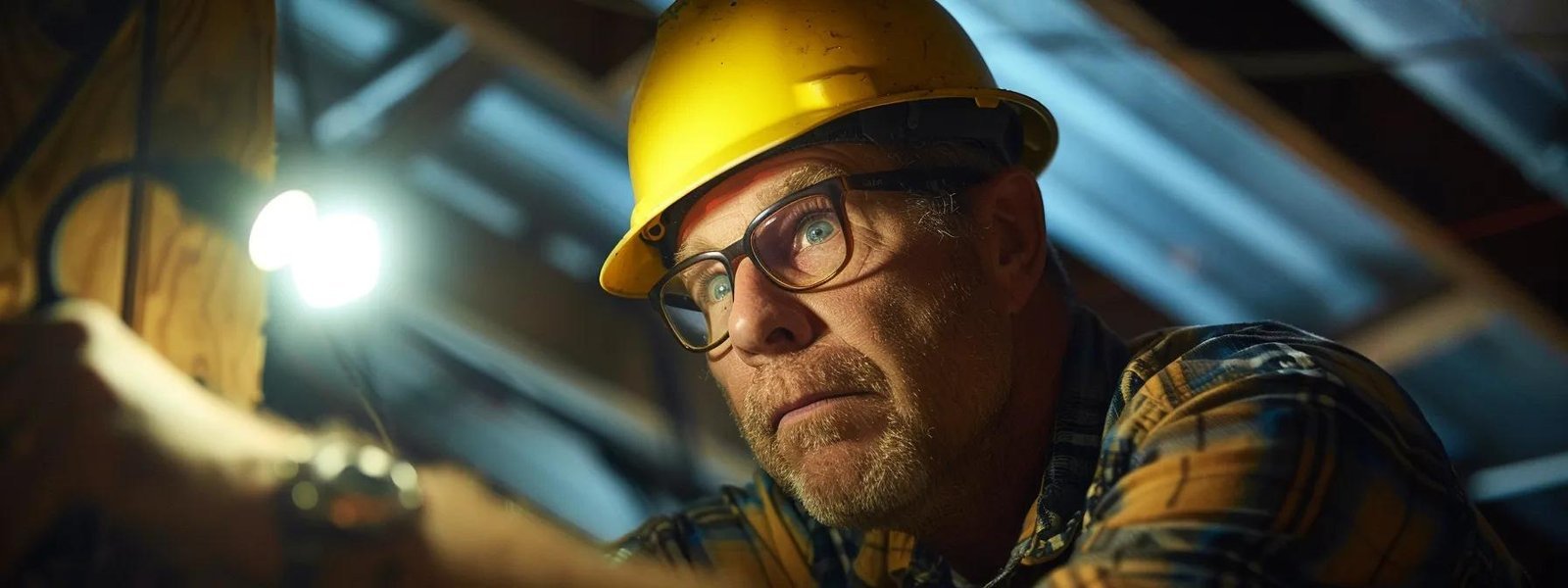
Determining when DIY solutions aren’t enough is crucial for homeowners dealing with flickering lights. Finding a qualified electrician for repairs ensures that issues are addressed safely and effectively. Preparing for an electrical inspection can help identify underlying problems, while ensuring safety during electrical work protects everyone involved. Regular maintenance can prevent future flickering issues, providing peace of mind and reliable lighting.
Homeowners should recognize when DIY solutions for flickering lights are insufficient. If simple fixes, such as tightening light bulbs or replacing switches, do not resolve the issue, it may indicate deeper electrical problems that require professional attention. Consulting a qualified electrician ensures that any underlying issues, such as faulty wiring or overloaded circuits, are addressed safely and effectively, preventing potential hazards in the home:
Finding a qualified electrician for repairs is essential when dealing with flickering lights in a home. Homeowners should look for licensed professionals with experience in diagnosing and fixing electrical issues. Checking online reviews and asking for recommendations can help ensure that the electrician chosen has a solid reputation for quality work and customer satisfaction.
Preparing for an electrical inspection is an important step for homeowners experiencing flickering lights. Before the electrician arrives, it is beneficial to document any specific issues, such as when the flickering occurs and any related symptoms, like unusual smells or warm outlets. This information can help the electrician diagnose the problem more efficiently, ensuring a thorough assessment of the electrical system and addressing any underlying issues that may contribute to the flickering lights.
Ensuring safety during electrical work is paramount for homeowners dealing with flickering lights. It is essential to turn off the power at the circuit breaker before attempting any repairs or inspections. Homeowners should also consider hiring a qualified electrician to handle complex issues, as they possess the expertise to identify underlying problems safely and effectively, reducing the risk of electrical hazards.
Regular maintenance is key to preventing future flickering issues in a home. Homeowners should schedule periodic inspections of their electrical systems to identify potential problems before they escalate. Simple actions, such as tightening loose connections and replacing aging components, can significantly enhance the reliability of lighting and overall electrical performance, ensuring a safe and comfortable living environment.
Understanding the causes of flickering lights in your home is essential for maintaining a safe and efficient electrical system. Homeowners should regularly check for loose bulbs, faulty switches, and overloaded circuits to prevent potential hazards. Recognizing the signs of electrical issues can lead to timely interventions, ensuring consistent lighting and reducing fire risks. By prioritizing electrical maintenance and consulting professionals when needed, homeowners can enhance their living environment and enjoy reliable illumination.


